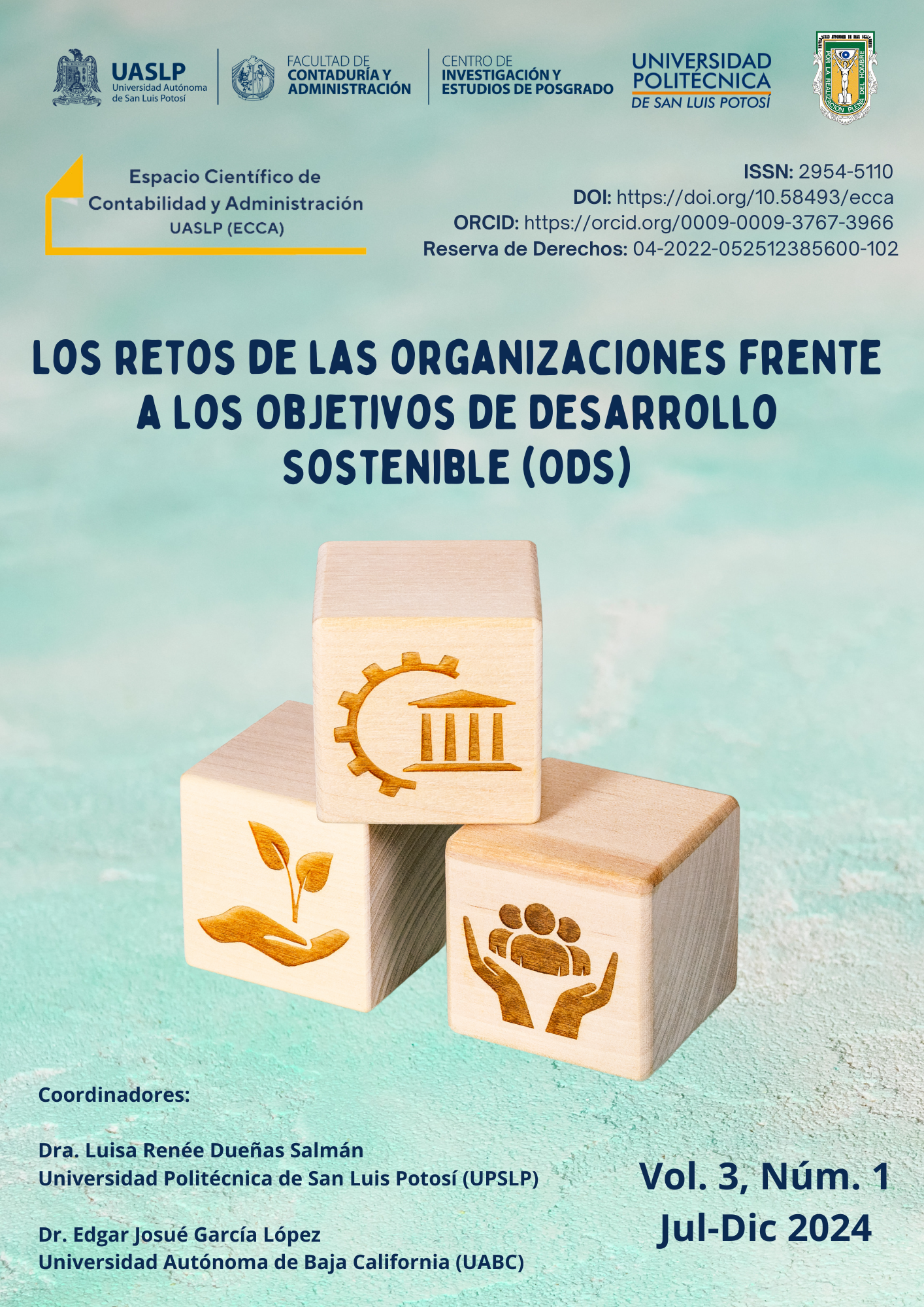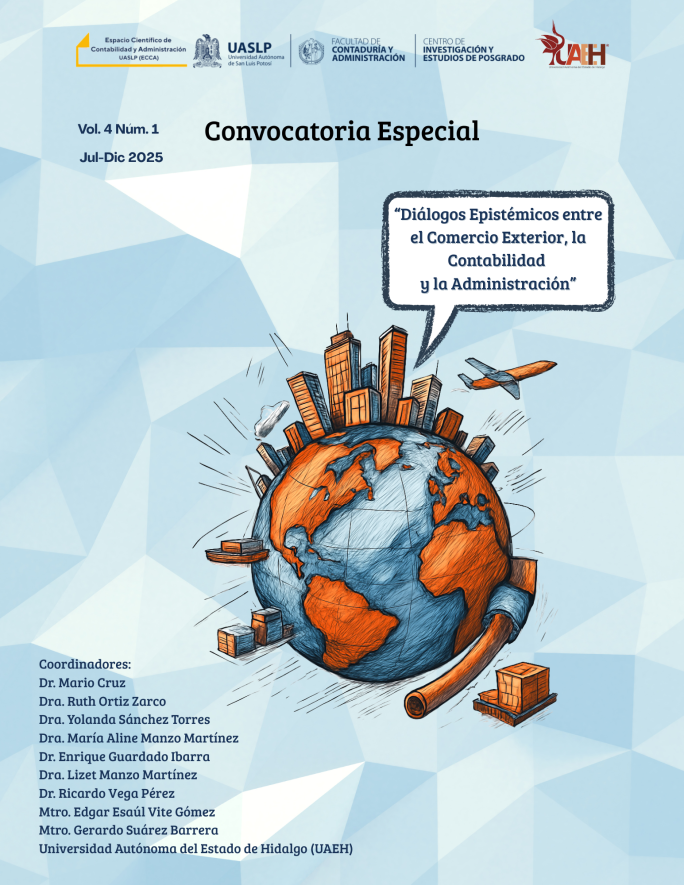The Use of Information and Communication Technologies in Education: Successful Experiences in Delivering Services to Marginalized Areas
DOI:
https://doi.org/10.58493/ecca.2024.3.1.10Keywords:
Review, TIC, Education, Technology, Investigation, Teachers, educational innovation, virtual tools, teachingAbstract
It is a review of the book titled The Use of Information and Communication Technologies (ICT) in Education: Successful Experiences in Managing Services in Marginalized Areas, coordinated by José Antonio Loyola Alarcón, Juan Carlos Neri Guzmán, and María del Pilar Pastor Pérez, edited and published in 2013 by the Universidad Politécnica de San Luis Potosí. The book aims to disseminate knowledge about best practices and experiences of internet access in underserved communities in the state of San Luis Potosí.
References
Fuentes bibliográficas complementarias:
Aitkenhead, R. &. (2018). Transformation in Central America: Marginalization or Empowerment? Hoover Institution.
Arora, T. &. (2021). Digital dependence and its impact on student mental health and focus. New York: Educational Psychology Press, 78.
Banerjee, A. &. (2019). Good Economics for Hard Times. Journal of Economics, 50-52.
Castells, M. (2020). The Role of Technology in Global Education: comparative perspectives. Journal of Educational Research, 150-167.
Fullan, M. &. (2014). A Rich seam: How new Pedagogies find deep learning. Journal of Pedagogy, 79-81.
Gilbert, R. (2017). Rural Connectivity and Education: Bridging the gap. Routledge .
Johnson, M. &. (2023). Digital Pedagogy . Autralian Journal of Educational Technology, 102.
Rodriguez, M. &. (2021). Bridging the digital divide in Marginalized communities: Policy and Implementation. Journal of Global education, 45-61.
Sánchez, P. &. (2019). El impactode las TIC en la educación rural: desafios y oportunidades. Revista Latinoamericana de Educación , 68-85.

Downloads
Published
Issue
Section
License
Copyright (c) 2025 hector Pecina leyva

This work is licensed under a Creative Commons Attribution-NonCommercial-ShareAlike 4.0 International License.
Usted es libre de:
- Compartir — copiar y redistribuir el material en cualquier medio o formato
- Adaptar — remezclar, transformar y construir a partir del material
- La licenciante no puede revocar estas libertades en tanto usted siga los términos de la licencia
Bajo los siguientes términos:
- Atribución — Usted debe dar crédito de manera adecuada , brindar un enlace a la licencia, e indicar si se han realizado cambios . Puede hacerlo en cualquier forma razonable, pero no de forma tal que sugiera que usted o su uso tienen el apoyo de la licenciante.
- NoComercial — Usted no puede hacer uso del material con propósitos comerciales .
- CompartirIgual — Si remezcla, transforma o crea a partir del material, debe distribuir su contribución bajo la la misma licencia del original.
- No hay restricciones adicionales — No puede aplicar términos legales ni medidas tecnológicas que restrinjan legalmente a otras a hacer cualquier uso permitido por la licencia.











